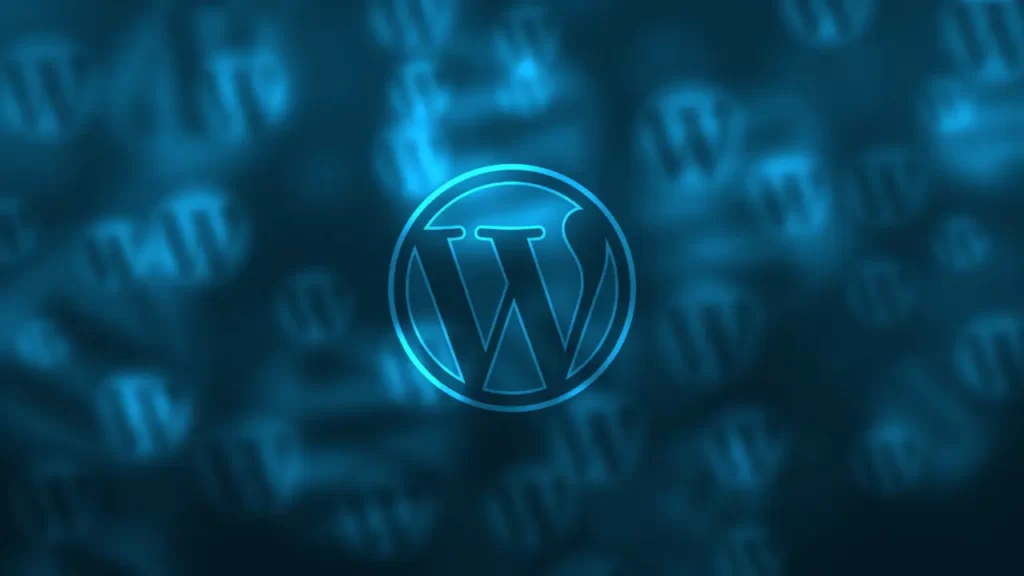WordPress is a powerful and user-friendly content management system (CMS) that empowers millions of websites across the internet. Whether you’re a blogger, business owner, or aspiring webmaster, this comprehensive guide will walk you through the essentials of content management with WordPress, helping you create, manage, and optimize your website’s content effectively.
Understanding WordPress as a CMS
WordPress is an open-source CMS that simplifies content creation and management. It offers a user-friendly interface, extensive customization options, and a vast library of themes and plugins. Here’s why WordPress is an excellent choice for content management:
User-Friendly: Its intuitive dashboard and visual editor make it accessible for beginners.
Versatile: WordPress supports various content types, from blog posts and pages to multimedia content and e-commerce.
Customizable: Thousands of themes and plugins allow you to tailor your site’s look and functionality.
SEO-Friendly: WordPress is inherently SEO-friendly, making it easier to rank in search engines.
Getting Started with WordPress
1. Hosting and Domain
Choose a reliable web hosting provider and a domain name for your website. Many hosting providers offer one-click WordPress installation.
2. Installation
Install WordPress on your hosting server using the provided installation tools or manual installation.
3. Themes and Design
Select a theme that suits your website’s purpose and customize it to match your brand. Themes control your site’s appearance.
4. Essential Plugins
Install essential plugins for added functionality and security:
Yoast SEO: Enhances your site’s SEO.
Akismet: Filters spam comments.
Wordfence Security: Protects your site from security threats.
Creating Content with WordPress
1. Adding Posts and Pages
Posts: Ideal for blogging and time-sensitive content.
Pages: Used for static content like “About Us” and “Contact” pages.
2. Visual Editor
Use the visual editor to create and format content. It’s similar to word processing software and doesn’t require coding.
3. Media Library
Upload and manage images, videos, and other media files in the Media Library. Insert media into your posts and pages.
4. Categories and Tags
Organize content using categories and tags. Categories group related content, while tags highlight specific topics or keywords.
5. Featured Images
Set featured images for posts and pages. These images often appear as thumbnails or header images.
Managing Content Efficiently
1. Content Scheduling
Schedule posts and pages to be published at specific times and dates. This feature is handy for consistent content delivery.
2. Revisions
WordPress saves revisions of your content automatically. You can revert to previous versions if needed.
3. Comments
Manage comments on your site, approving or moderating them as necessary. Interact with your audience by responding to comments.
Optimizing Your Content for SEO
1. Yoast SEO Plugin
Utilize the Yoast SEO plugin to optimize your content for search engines. It provides insights and suggestions for improving SEO.
2. High-Quality Content
Create valuable, informative, and engaging content that resonates with your audience.
3. Keywords
Research and use relevant keywords naturally within your content, titles, and meta descriptions.
4. Internal and External Links
Include internal links to other relevant pages on your site and external links to authoritative sources.
Security and Maintenance
1. Updates
Regularly update WordPress, themes, plugins, and security features to protect your site from vulnerabilities.
2. Backups
Backup your site regularly, either manually or using a backup plugin, to prevent data loss.
3. Security Plugins
Use security plugins like Wordfence Security to protect your site from threats.
Conclusion
WordPress offers a versatile and user-friendly platform for content management. By following this comprehensive guide, you can harness the power of WordPress to create, manage, and optimize your website’s content effectively. Remember that building a successful online presence is an ongoing process, so keep learning and adapting to meet your audience’s needs and stay competitive in the digital landscape.




